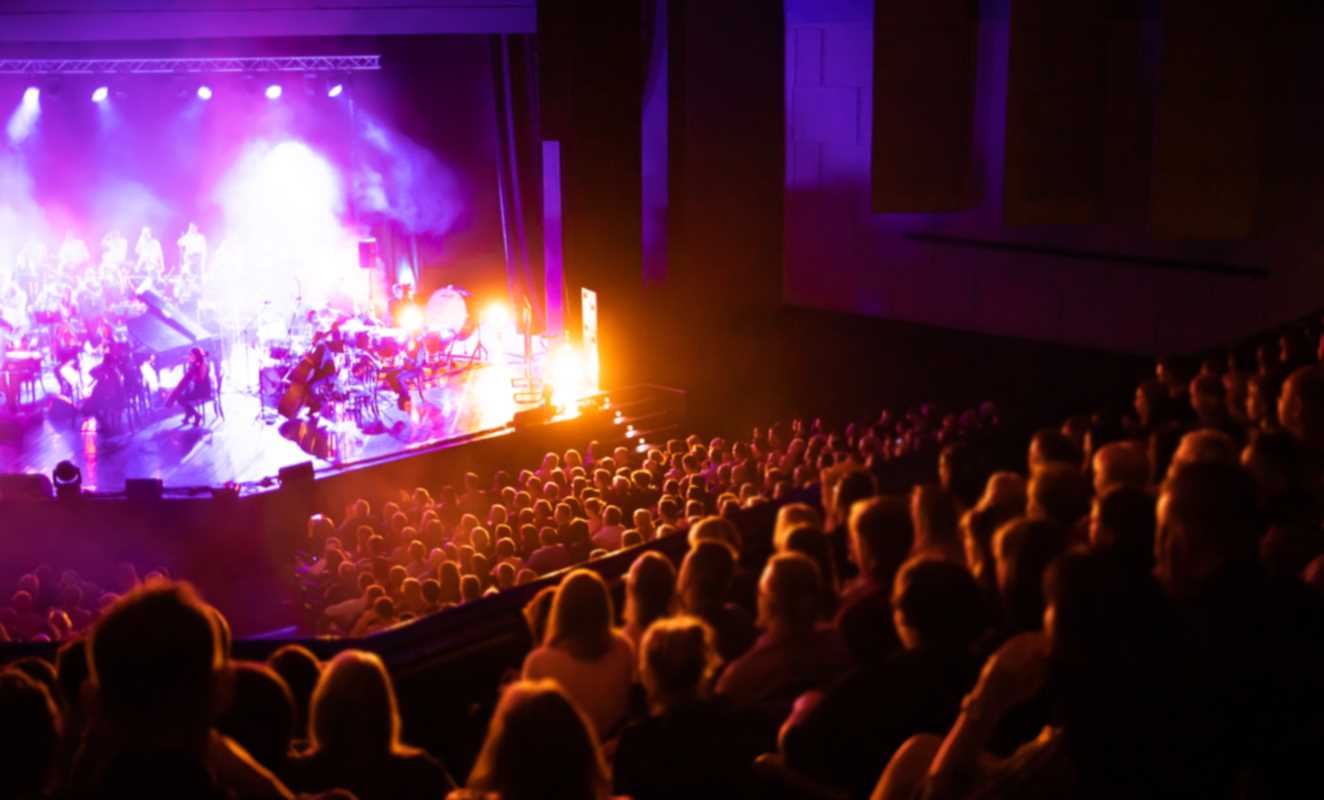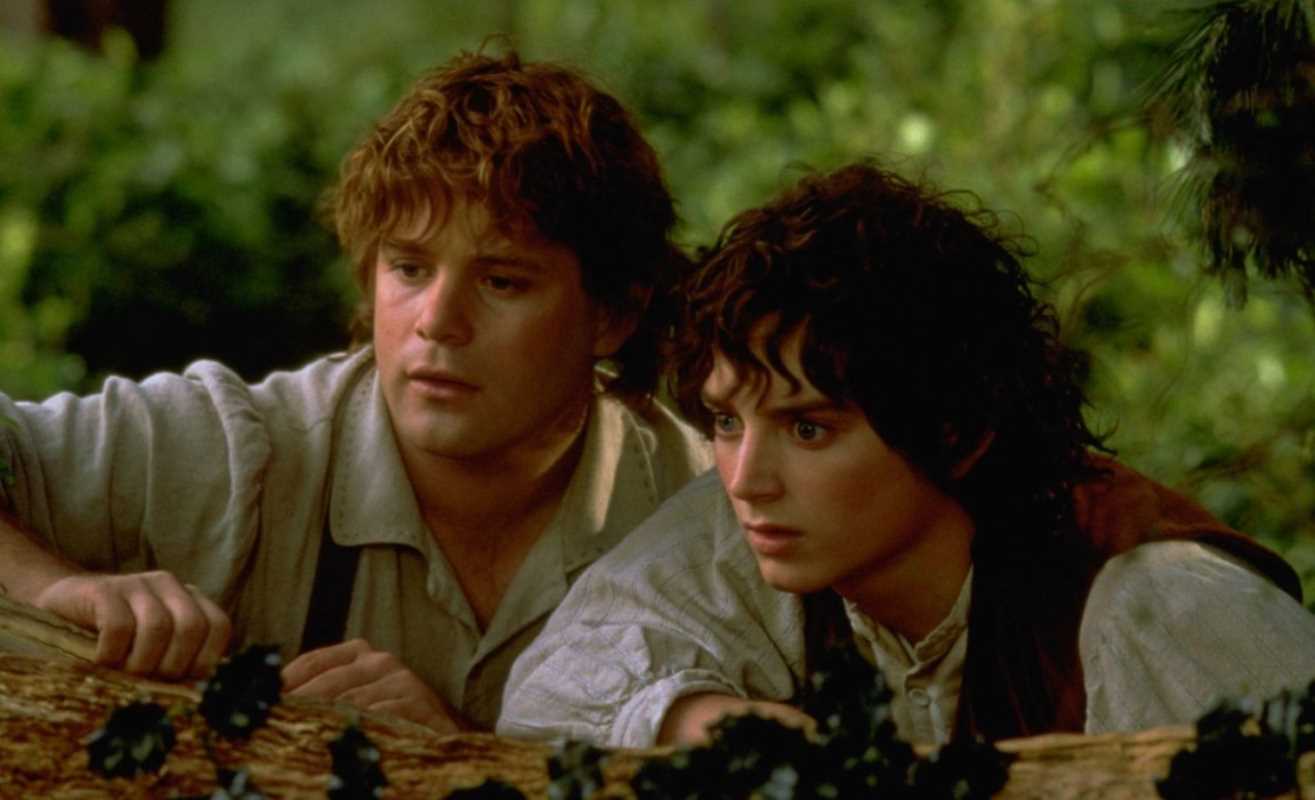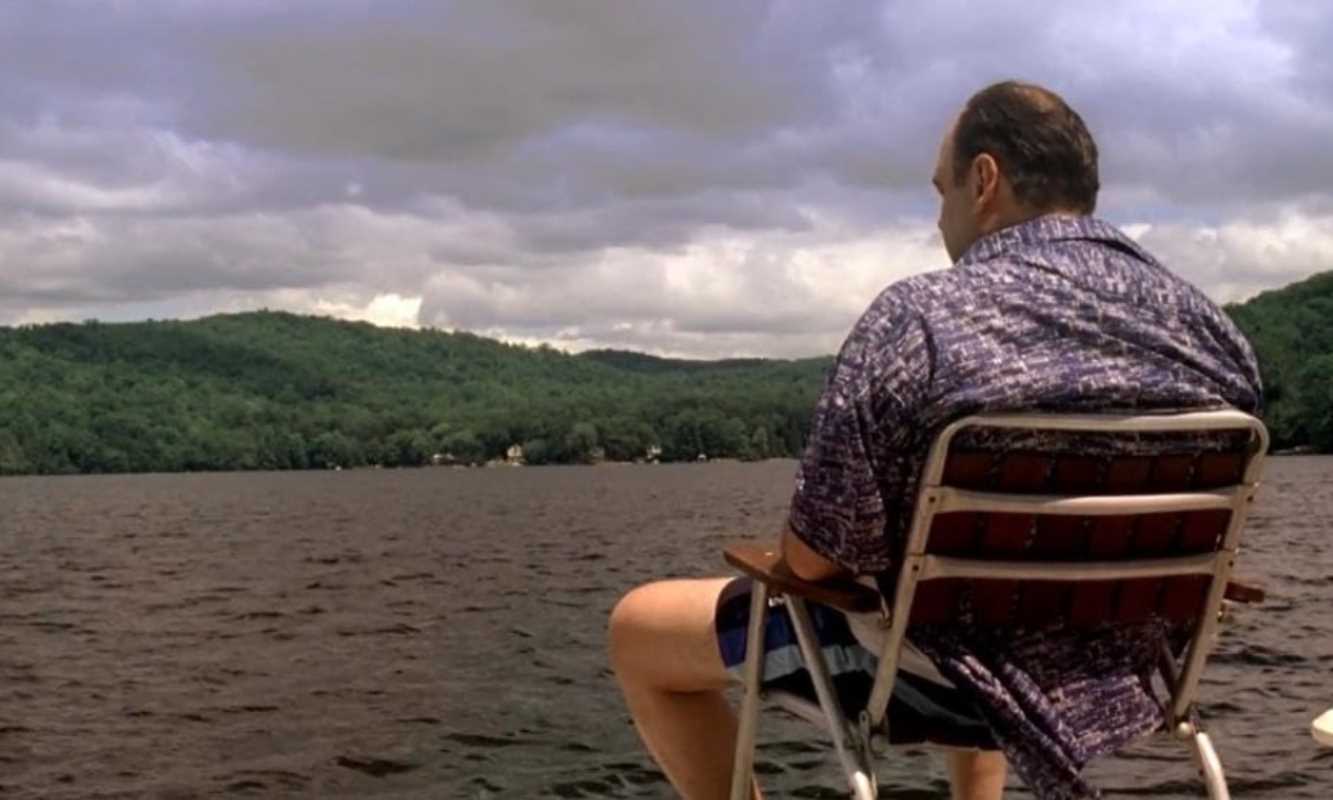Studio Ghibli, the renowned Japanese animation studio founded by Hayao Miyazaki and Isao Takahata, has long been celebrated for its ability to create films that transcend traditional animation. Their works capture a sense of childlike wonder, transporting audiences into magical worlds filled with imagination, beauty, and emotional depth. The films don’t just tell stories—they invite viewers to relive the innocence, curiosity, and enchantment that define childhood. In this article, we explore how Studio Ghibli masterfully captures childhood wonder, using visual storytelling, intricate animation, and themes that resonate with both young and adult audiences alike.
The Power of Visual Storytelling in Ghibli Films
One of the hallmarks of Ghibli films is their stunning visual storytelling, which is often used to evoke a sense of wonder. Ghibli's directors, especially Hayao Miyazaki, emphasize the beauty of nature, the excitement of exploration, and the thrill of discovery, all of which are core elements of childhood wonder. The studio’s artistic approach combines breathtaking animation with a deep sense of warmth and nostalgia.
- Imagination and Fantasy: Ghibli films often depict fantastical elements that appear seamlessly woven into the fabric of everyday life, allowing children (and adults) to see magic in the mundane. Films like Spirited Away and Kiki’s Delivery Service blur the lines between the real and the fantastical, creating a world where anything is possible, much like the boundless imagination of children.
- Details and Texture: The intricate details in Ghibli films are designed to heighten the sense of discovery. From the soft rustle of wind through trees to the dazzling colors of a fantastical creature’s fur, the studio pays attention to every small nuance, making the world come alive in a way that feels both real and magical.
In these films, the beauty of nature, the excitement of new experiences, and the charm of magical creatures all work together to spark a sense of childhood awe.
The Secret World of Arrietty: Arrietty’s Whimsical Bedroom
One of the most striking examples of how Studio Ghibli captures childhood wonder is in The Secret World of Arrietty (2010), a film about a tiny girl named Arrietty and her family of Borrowers who live under the floorboards of a suburban house. The film explores themes of growing up, family, and the relationship between the tiny Borrowers and the human world that looms over them. In one particularly memorable scene, Arrietty’s bedroom is revealed. It perfectly encapsulates the whimsy and creativity that characterizes childhood wonder.
- Found Object Furnishings: Arrietty’s bedroom is small but meticulously crafted. She repurposes everyday objects, such as matchboxes, buttons, and spools of thread, transforming them into furniture and tools. This process of transforming ordinary objects into something new mirrors the imaginative spirit of childhood, where children often see potential in the most mundane items.
- Perspective of Childhood: The scene is also powerful in how it shows the world from Arrietty’s tiny point of view. A simple glass jar, a discarded flower petal, or a rolled-up piece of paper become monumental objects in her world. This shift in perspective is key in capturing childhood wonder—everything is larger than life when you’re a child, and this bedroom scene exemplifies how even the smallest things can be full of magic.
The bedroom also highlights Arrietty’s independence and creativity, both of which are essential aspects of childhood exploration. Her ability to create a home and a personal space from the objects around her reflects the way children develop a sense of identity and imagination, often creating their own worlds out of the materials they have at hand.
Universal Themes of Childhood in Ghibli Films
Beyond their stunning visuals, Ghibli films are beloved for their universal themes that speak directly to the core of childhood experience. These films explore coming-of-age narratives, the pursuit of dreams, the importance of friendship, and the beauty of innocence—central themes that connect with both young and adult viewers.
- Coming of Age: Many Ghibli protagonists, such as Chihiro in Spirited Away and Kiki in Kiki’s Delivery Service, undergo significant personal growth. These characters venture into the world to discover their true selves, often overcoming fears and self-doubt. This journey of self-discovery mirrors the transformative nature of childhood, where every new experience is both a challenge and an opportunity for growth.
- Emotional Complexity: Unlike many animated films, Ghibli doesn’t shy away from exploring the full spectrum of emotions. Films like Grave of the Fireflies and My Neighbor Totoro delve into grief, loss, and the beauty of family connections. These deeper emotional layers are presented with sensitivity, allowing young audiences to experience a range of emotions while still feeling the magic of childhood wonder.
The universality of these themes is what makes Ghibli films so impactful—whether through the eyes of a child or an adult, these stories resonate with anyone who has ever experienced the complexities of growing up or has marveled at the world through childlike eyes.
The Importance of Nature in Childhood Wonder
Nature plays a significant role in Studio Ghibli films, acting as both a source of wonder and a grounding force. From the lush forests of Princess Mononoke to the rolling hills of Howl’s Moving Castle, Ghibli’s landscapes often take on a life of their own, imbued with a sense of majesty and mystery. This emphasis on nature evokes a deep sense of childhood awe—where the natural world feels like a place full of discovery and adventure.
- Connection to the Natural World: In My Neighbor Totoro, two young sisters form a bond with the magical creature Totoro and experience the wonders of the rural environment around them. The countryside setting, filled with towering trees and endless fields, evokes the sense of exploration and boundless curiosity that is characteristic of childhood.
- The Beauty of Simplicity: Ghibli films often show characters engaging with the simple pleasures of nature—whether it’s flying through the skies on a broomstick or playing with a giant catbus. These moments of connection with the natural world remind viewers of the joy and wonder found in the small, everyday moments of childhood.
In many Ghibli films, nature is not just a backdrop but an integral part of the story. It reflects the connection children feel with the world around them and serves as a source of inspiration, adventure, and wonder.
Ghibli’s Lasting Legacy: Childhood Wonder Across Generations
Studio Ghibli’s films have endured as classics because they continue to capture the universal, timeless experience of childhood wonder. The sense of magic that fills their worlds, combined with relatable characters and universal themes, resonates with viewers of all ages. For children, Ghibli’s films offer a portal to fantastical worlds, while adults are invited to reflect on the wonder they once felt and perhaps reconnect with the joy of their own childhoods.
The intricate animation, creative world-building, and emotional depth found in Ghibli films make them timeless classics that will continue to influence filmmakers and audiences alike. Their ability to capture the essence of childhood wonder remains one of the defining elements of Studio Ghibli’s legacy.
Whether through the inventive bedroom of Arrietty, the magical adventures of Kiki, or the gentle exploration of nature in Totoro, Ghibli films continue to remind us of the boundless imagination and awe that define childhood, ensuring their place in the hearts of viewers across generations.
 (Image source: Studio Ghibli)
(Image source: Studio Ghibli) 





